
Sculpture is the unique art of creating three-dimensional artistic works
Sculpture (from Latin sculpo) is a form of visual plastic art in which an artist creates three-dimensional works from solid materials. In the process, the master either carves (removes) excess layers from the original solid block or adds plastic material to the frame (sculpts the sculpture). There is also a third way of creating a sculpture - casting, in which the artist pours molten material into a pre-prepared mold. The main subjects of representation in this art form are traditionally humans and animals.
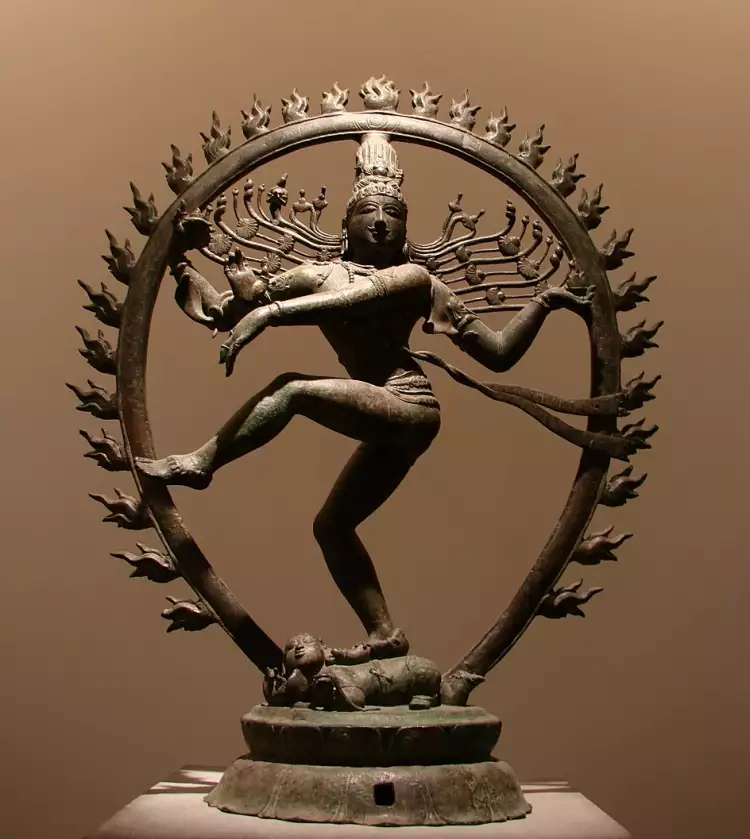 Sculpture. Statuette of Dancing Shiva, 11th century
Sculpture. Statuette of Dancing Shiva, 11th century
In the Russian language, sculpture is also used to refer to the actual works of artists created by any of the methods mentioned above. Moreover, the works of art created by masters, unlike their painterly or graphic analogs, have a tactile three-dimensional rather than a flat form.
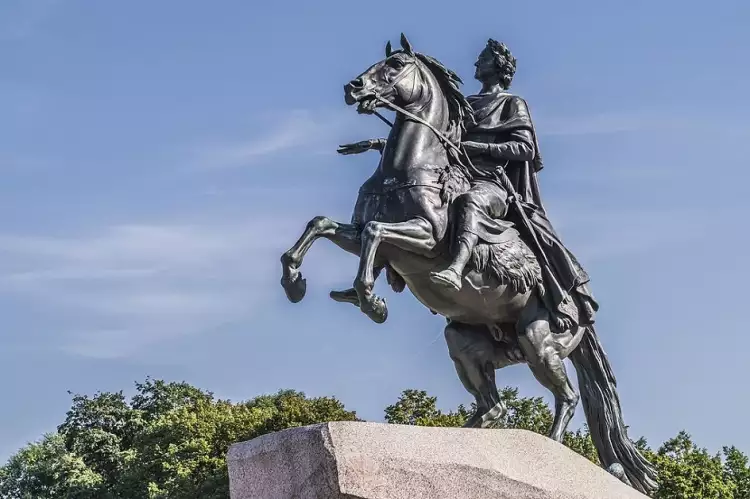 Sculpture. Etienne Falcone. Bronze Horseman, 1770
Sculpture. Etienne Falcone. Bronze Horseman, 1770
Varieties of Sculpture
Sculpture is an art form that is characterized by dividing works of art into several main criteria, including:
- by genre;
- by shape;
- by purpose;
- by material.
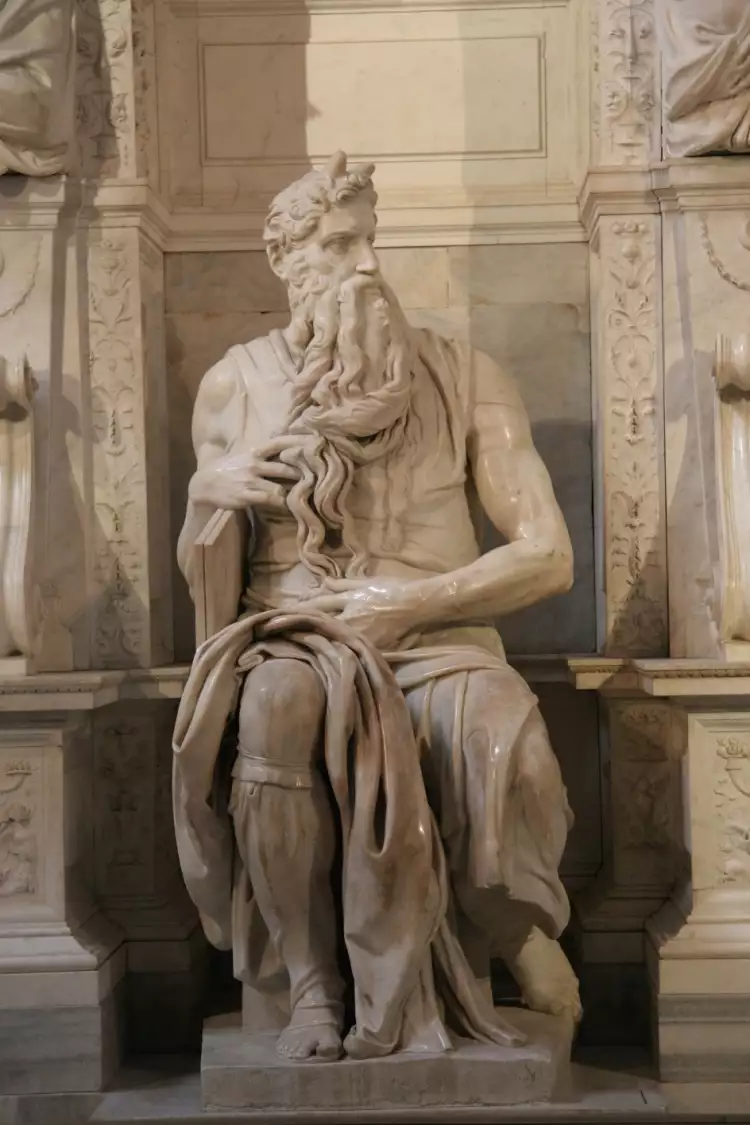 Sculpture. Michelangelo. Moses, 1515
Sculpture. Michelangelo. Moses, 1515
The main sculptural genres include:
- Portrait. Implies the closest possible resemblance of the artistic image to the prototype.
- Religious. Plays an important role in maintaining the unshakable greatness of religion and attracting believers.
- Historical. Helps preserve outstanding feats and achievements of ancestors for future generations.
- Mythological. Conveys in an accessible artistic form fictional events from ancient legends and myths.
- Everyday. Based on the depiction of ordinary events from the lives of common people, skillfully observed by the master.
- Animalistic. Uses various animals as the main characters of the work.
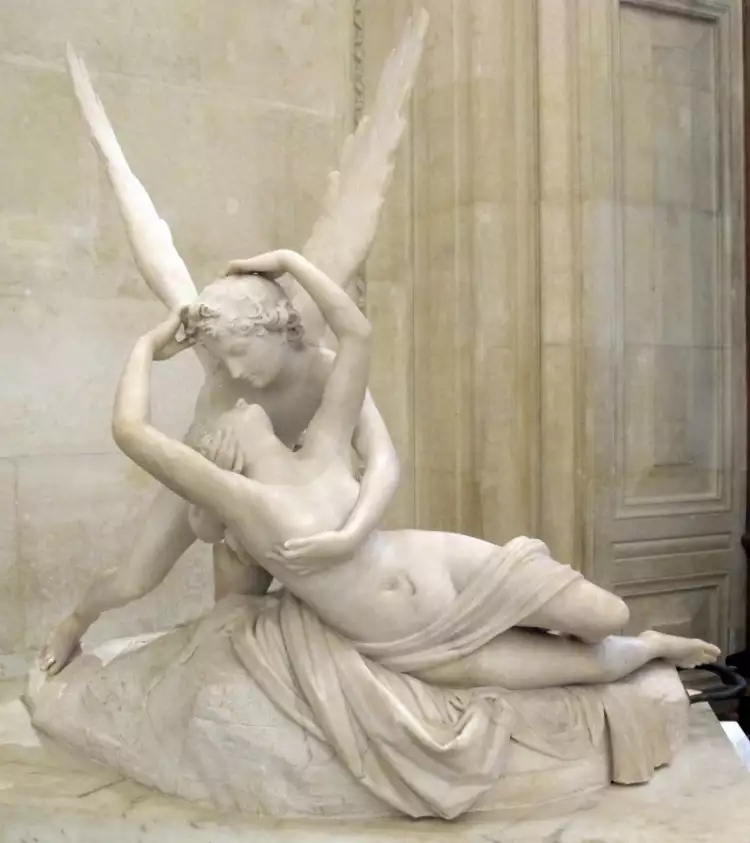 Sculpture. Antonio Canova. Cupid and Psyche, 1793
Sculpture. Antonio Canova. Cupid and Psyche, 1793
In the history of sculpture, there is also a huge number of works in which authors used symbolic and allegorical artistic images. The genre boundaries of this art form expanded significantly in the 20th century. It was during this time that innovative artists began to create abstract sculptural compositions on a massive scale and make various inanimate objects the main characters of their works.
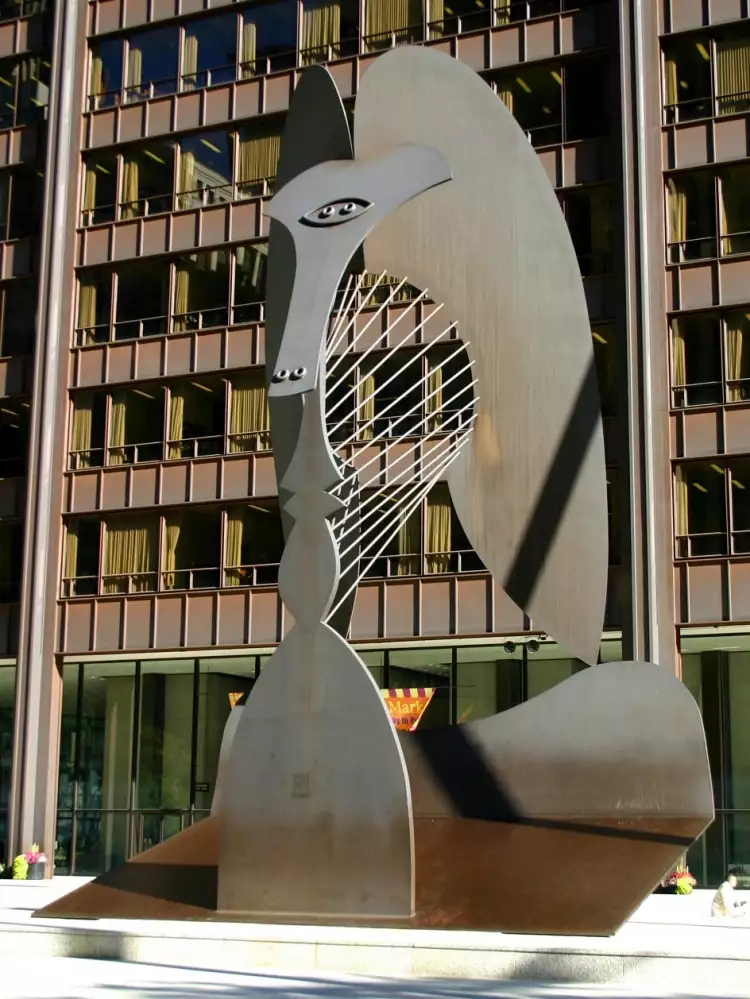 Sculpture. Pablo Picasso. Chicago Picasso, 1967
Sculpture. Pablo Picasso. Chicago Picasso, 1967
In terms of shape, there are two main types of sculpture: round and relief. Round sculptural compositions are designed to be visually examined from different angles. Relief images partially protrude above or are embedded in a flat background (see bas-relief).
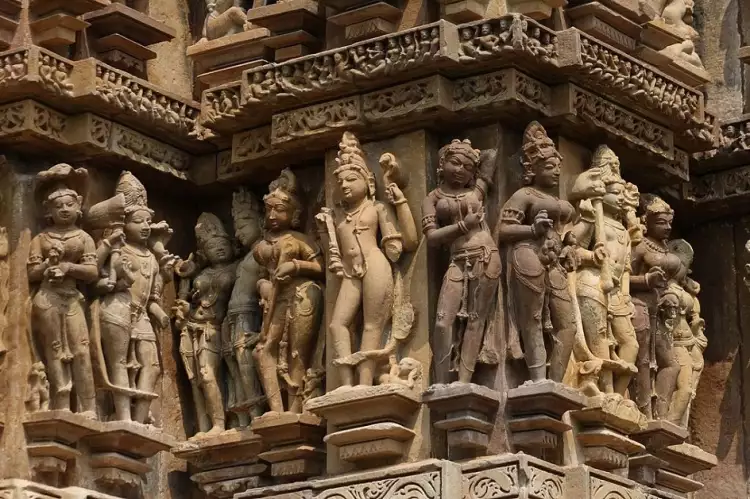 Sculpture. Indian deities in high relief at Khajuraho, 8th century
Sculpture. Indian deities in high relief at Khajuraho, 8th century
In terms of purpose, sculpture is divided into three main types:
- Monumental. It is part of the architectural environment, characterized by large sizes, usually presented in the form of monuments or monumental structures.
- Monumental-decorative. This includes various elements of relief artistic decorations of buildings (atlantes, caryatids, friezes), as well as sculptural compositions installed in gardens and parks.
- Easel. Intended for close-up viewing, usually placed indoors, serves as an important part of interior design.
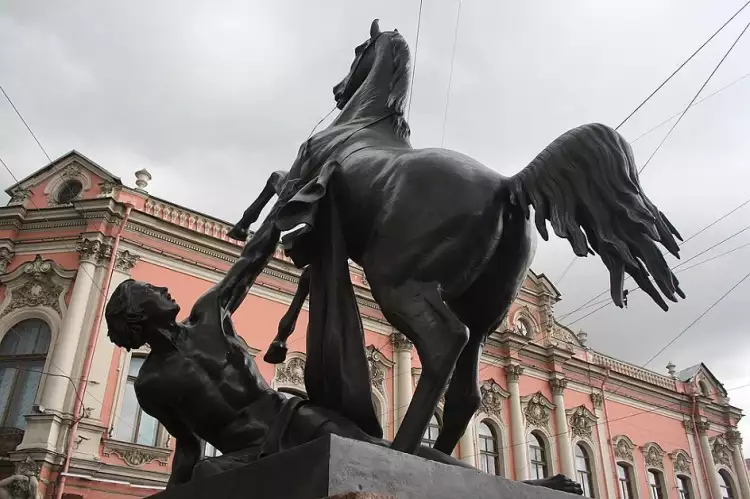 Sculpture. Peter Klodt. Tamers of Horses on the Anichkov Bridge in St Petersburg, 1838
Sculpture. Peter Klodt. Tamers of Horses on the Anichkov Bridge in St Petersburg, 1838
Traditional materials for making sculptures include:
- natural stone (sandstone, volcanic tuff, granite, and marble);
- metals and alloys (bronze, copper, zinc, steel);
- plaster;
- wood.
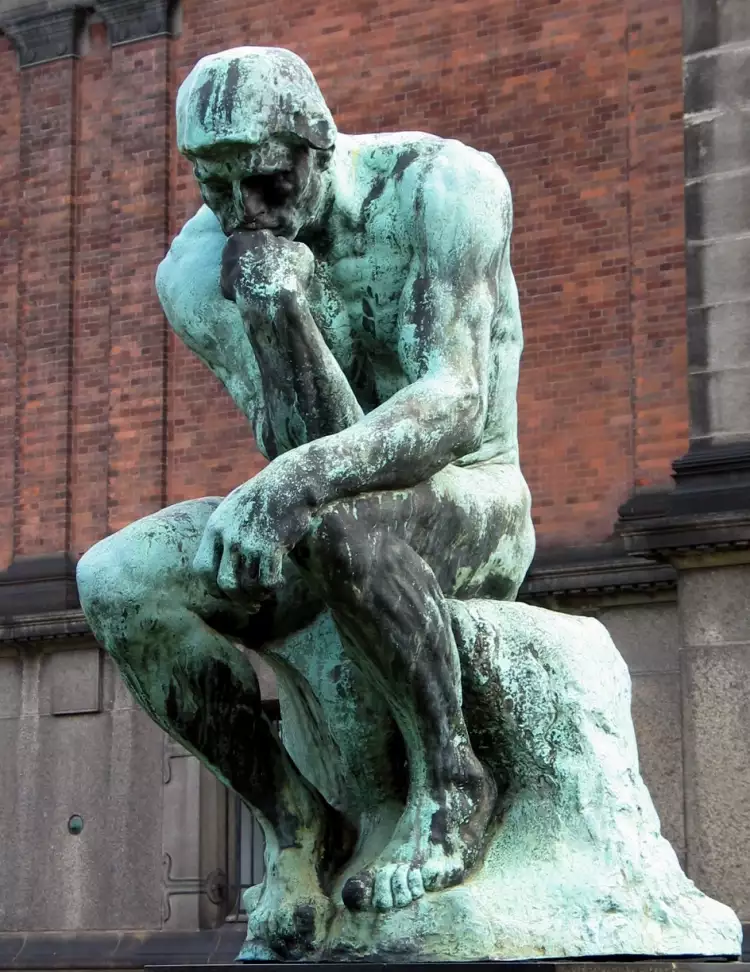 Sculpture. Auguste Rodin. Thinker, 1882
Sculpture. Auguste Rodin. Thinker, 1882
More exotic materials, including ice, sand, and clay, are much less common. However, artworks created from them are characterized by very limited durability and are practically not used by professional sculptors.
History of Sculpture
The history of sculpture dates back to ancient times. The earliest examples of this art can be traced to the late Paleolithic era. The age of the small figurine known as the "Venus of Hohle Fels" is at least 35,000 years. This primitive figure of a woman with ample forms was carved from a mammoth tusk by an unknown sculptor. Currently, about 10 "Paleolithic Venuses" made of stone, animal bones, or molded from clay have been found.
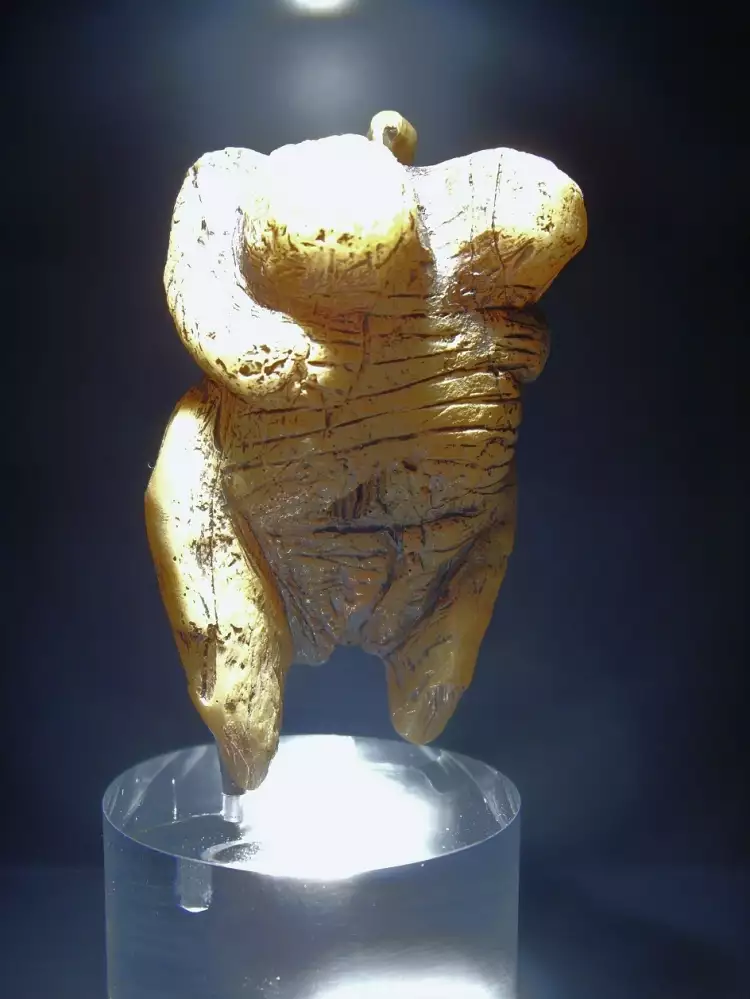 Sculpture. Unknown author. Venus of Hohle-Fels, 35,000 BC
Sculpture. Unknown author. Venus of Hohle-Fels, 35,000 BC
The emergence of the first civilizations greatly contributed to the development of various forms of art. In Ancient Egypt, the first monumental sculptures appeared, adorning the entrances to temple complexes, squares, and the palaces of pharaohs. The world-famous figure of the Great Sphinx, carved from a monolithic limestone rock around 2500 BCE, has survived to the present day.
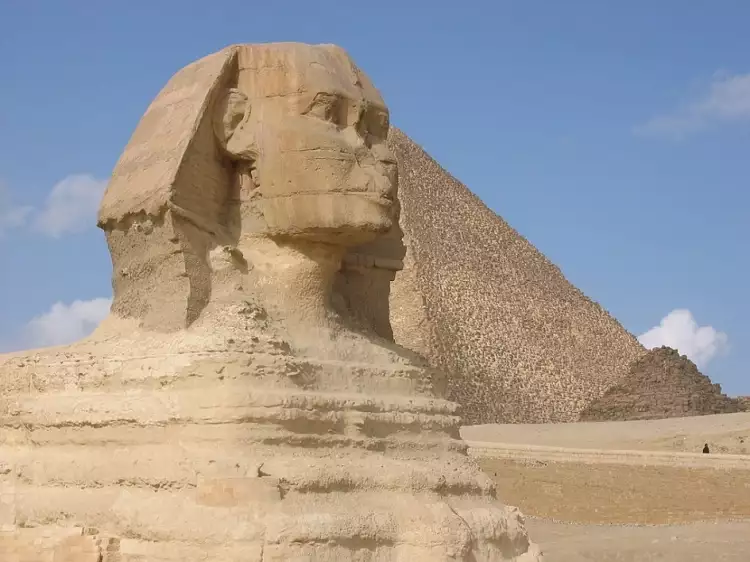 Sculpture. The Great Sphinx, 25th century BC
Sculpture. The Great Sphinx, 25th century BC
Ancient Egyptians reached a high level of mastery in sculpture. They learned to work not only with soft limestone but also with relatively hard granite, and they carved figures of people from wood. At the same time, numerous relief images appeared on the walls of temples and tombs.
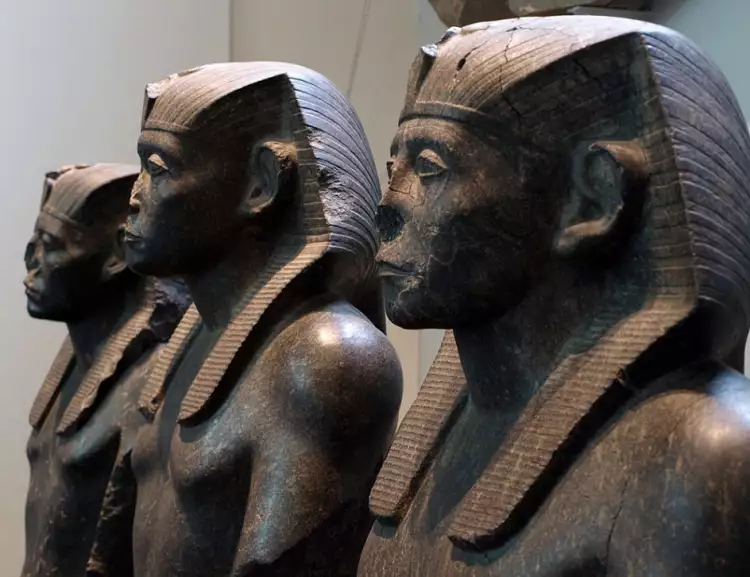 Sculpture. Three granite statues of Pharaoh Senusert III, 19th century BC
Sculpture. Three granite statues of Pharaoh Senusert III, 19th century BC
Distinct schools of sculptural art formed slightly later but long before the beginning of our era in other regions of the ancient world. Unknown masters from many civilizations created unique examples of ancient architecture:
- Assyrian.
- Persian.
- Indian.
- Chinese.
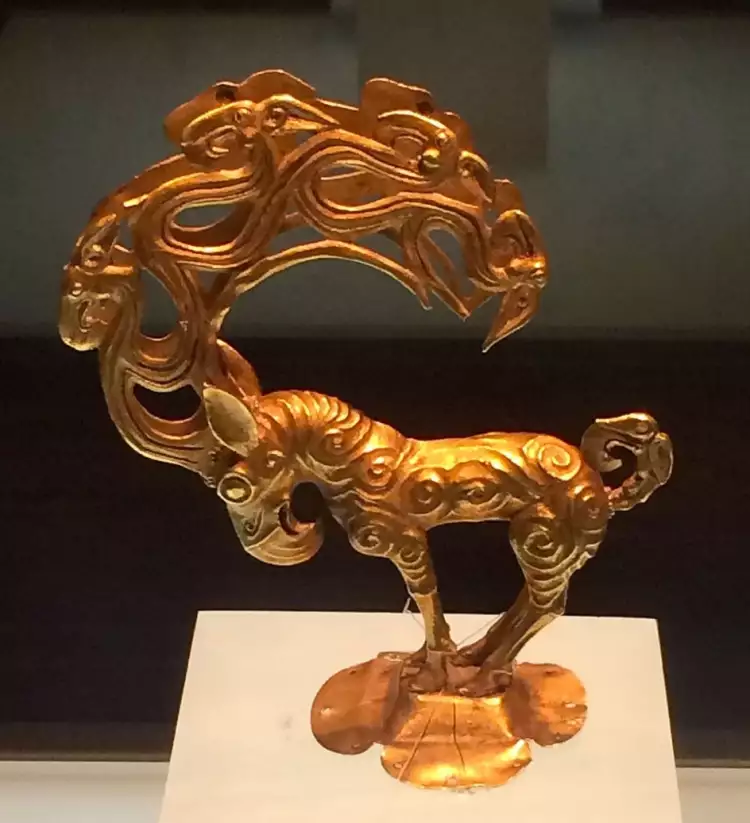 Sculpture. Sculpture. Golden stag with eagle's head from a Chinese tomb, 4th century BC
Sculpture. Sculpture. Golden stag with eagle's head from a Chinese tomb, 4th century BC
Ancient sculptors learned to carve monuments with historical, religious, and mythological themes. Palaces of rulers were adorned with relief images, and miniature statuettes were widely used as amulets for protection against evil spirits.
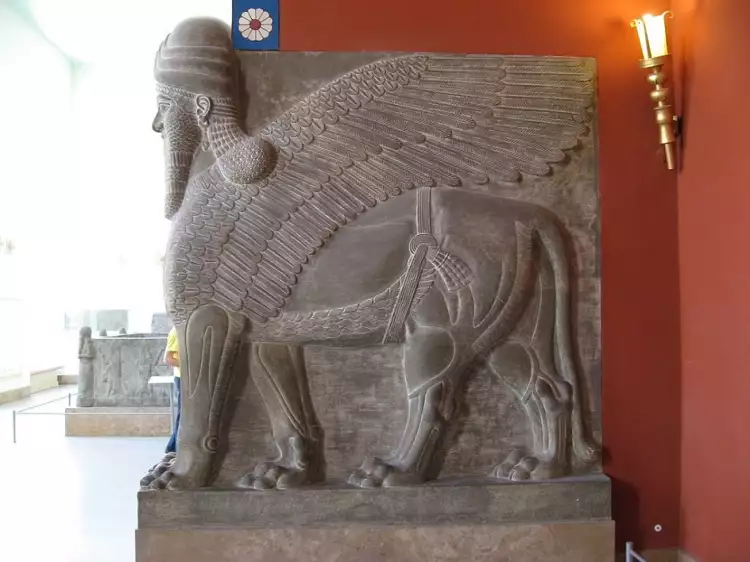 Sculpture. Winged man-eater from the palace of Tukulti-Ninurta, 13th century BC
Sculpture. Winged man-eater from the palace of Tukulti-Ninurta, 13th century BC
Sculptors of Ancient Greece not only adopted many artistic traditions from architects in Egypt and Mesopotamia but also significantly surpassed their neighbors in terms of artistic mastery. Idealization of artistic forms was inherent in ancient culture. Statues of mythological heroes, gods, and goddesses still amaze us with the beauty and harmony of human body depiction.
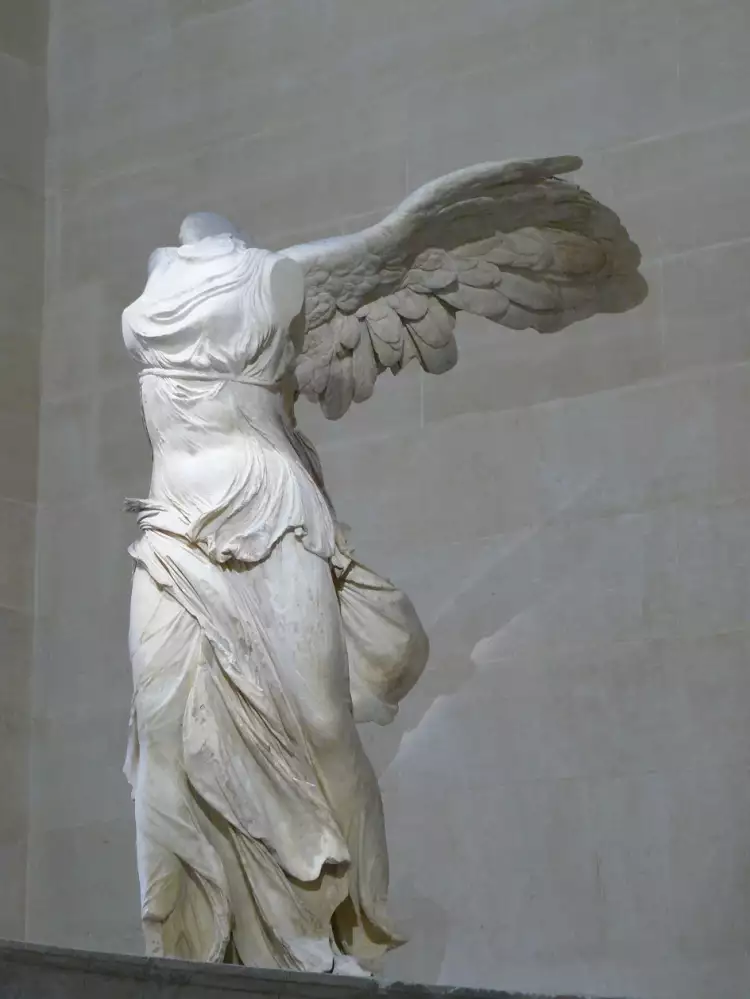 Sculpture. Pythocritus. Nika of Samothrace, 2nd century BC
Sculpture. Pythocritus. Nika of Samothrace, 2nd century BC
The most outstanding examples of Hellenistic monumental sculpture are rightfully considered the long-lost Wonders of the World - the Colossus of Rhodes and the Statue of Zeus at Olympia. Unique relief images and statues also adorned the Temple of Artemis at Ephesus and the Mausoleum at Halicarnassus.
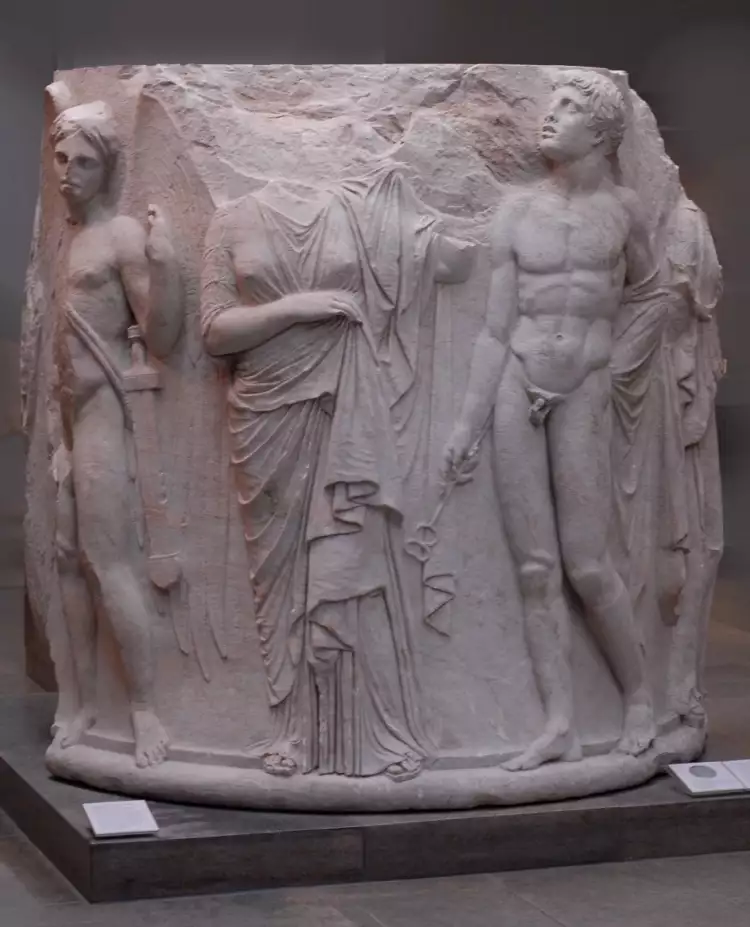 Sculpture. Base of a column from the Temple of Artemis, 4th century BC
Sculpture. Base of a column from the Temple of Artemis, 4th century BC
After the conquest of Greece by the Romans, the center of the world's art shifted to the Italian Peninsula. Many Greek masters were brought to Rome, where they continued to create and teach students. Numerous busts of Roman emperors, statues of mythological gods, and relief images on cult structures have survived to this day.
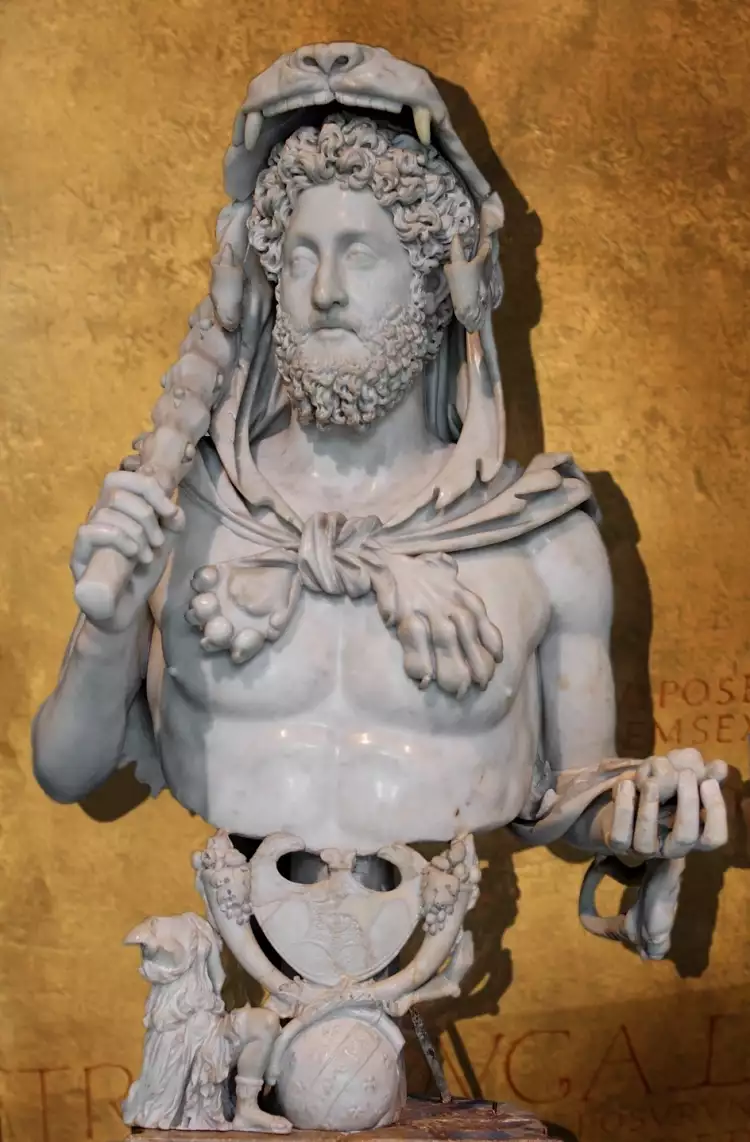 Sculpture. Commodus as Hercules, 2nd century AD
Sculpture. Commodus as Hercules, 2nd century AD
Following the fall of Rome under the pressure of barbarians in 476 AD, sculpture, like many other forms of visual art, declined in Europe for a long time. Even the emergence of a unified Romanesque style in architecture in the 11th century did not greatly affect the situation. It was only the rise of Gothic art that finally provided sculpture with a chance for revival.
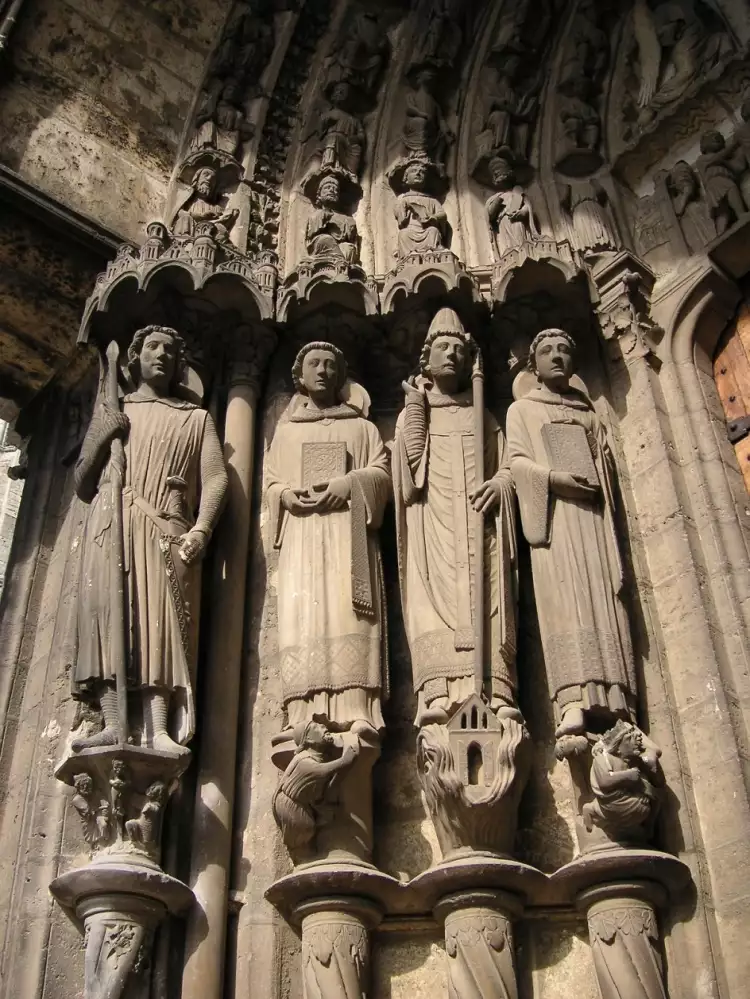 Sculpture. Sculptures of the South Portal of Chartres Cathedral, 13th century
Sculpture. Sculptures of the South Portal of Chartres Cathedral, 13th century
Numerous Gothic cathedrals built in various parts of Western Europe introduced new forms of art to the world. During this period, the tradition of decorating the facades and interiors of religious structures with sculptural compositions emerged and became widespread. The distinctive features of human figures on buildings were their elongated forms and constrained poses.
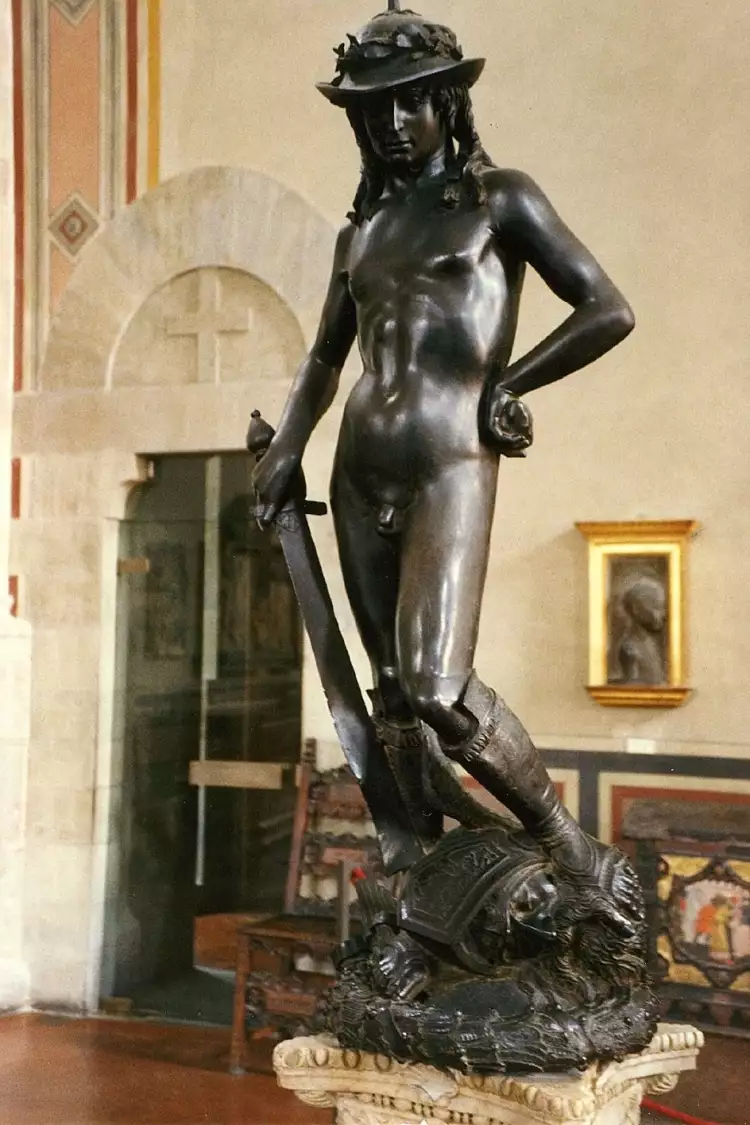 Sculpture. Donatello. David, 15th century
Sculpture. Donatello. David, 15th century
The true flourishing of sculpture came during the Renaissance era. The names of the great architects of the Renaissance are well-known to all educated people of modern times. The greatest contributions to the development of sculptural art were made by:
- Donatello.
- Andrea del Verrocchio.
- Michelangelo.
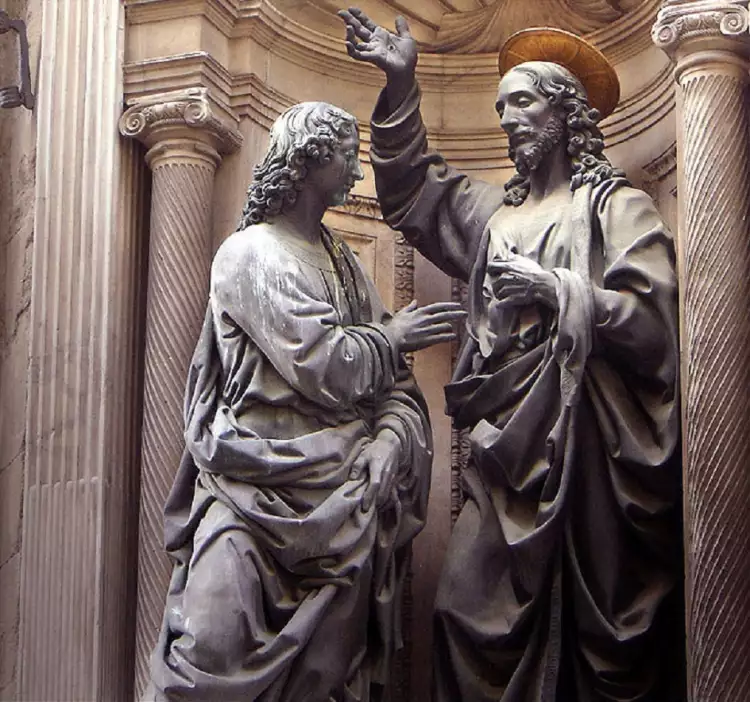 Sculpture. Andrea del Verocchio. Doubting Thomas, 15th century
Sculpture. Andrea del Verocchio. Doubting Thomas, 15th century
The sculptural masterpieces of the Renaissance continue to impress with their grandeur, deep harmony, and perfect forms. The works of Renaissance masters exerted a tremendous influence on subsequent generations of sculptors and became the foundation for the formation of new styles in art:
- Mannerism.
- Baroque.
- Rococo.
- Neoclassicism.
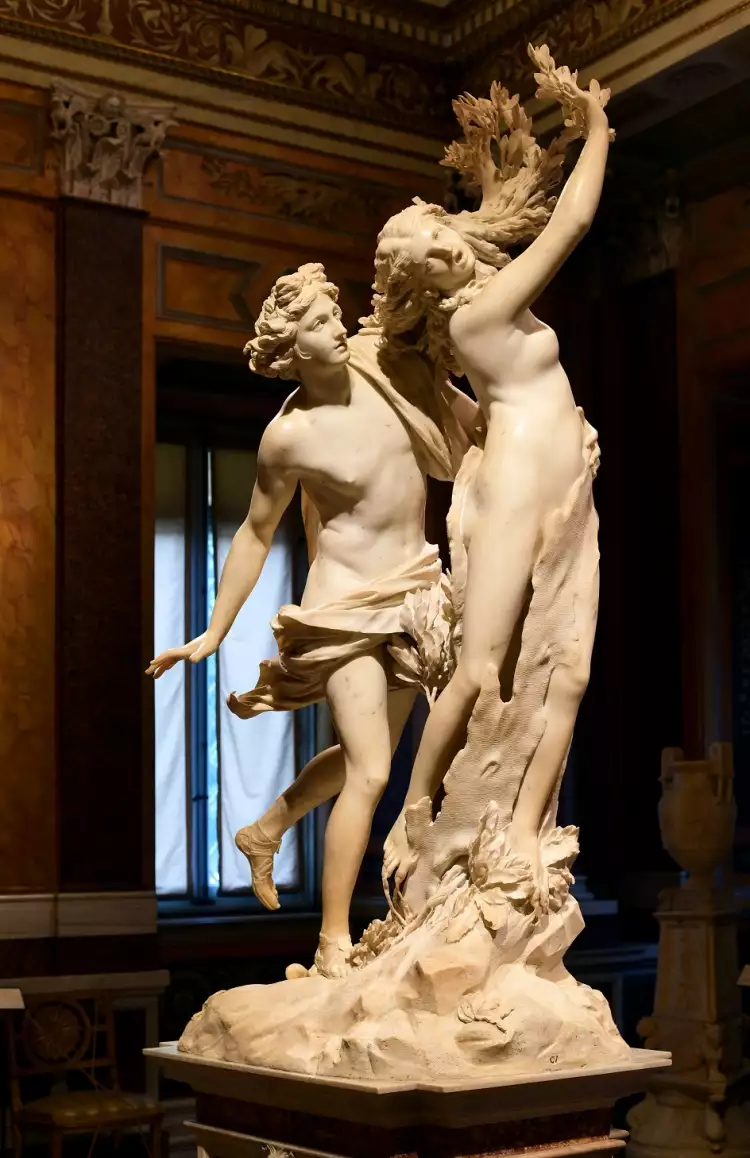 Sculpture. Lorenzo Bernini. Apollo and Daphne, 17th century
Sculpture. Lorenzo Bernini. Apollo and Daphne, 17th century
For many centuries, the art of sculpture developed not only in Europe. Unique architectural schools emerged in different corners of the world:
- Africa.
- Asian countries.
- North and South America.
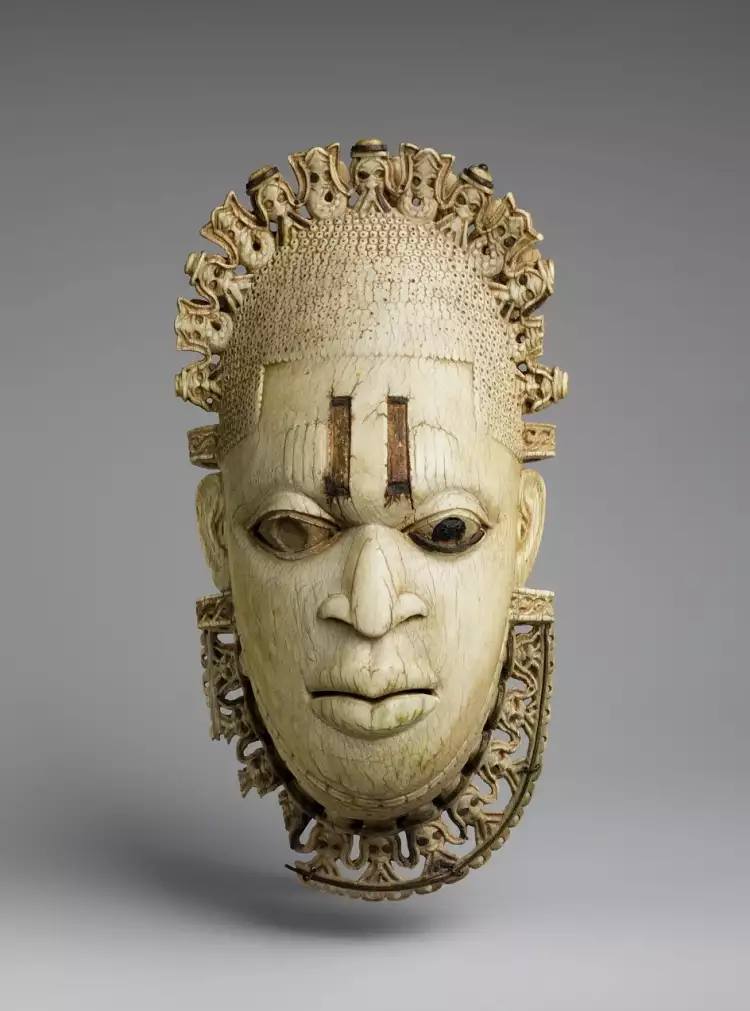 Sculpture. Ivory Mask from Benin, 16th century
Sculpture. Ivory Mask from Benin, 16th century
Famous stone monoliths on Easter Island, numerous statues of Buddha in Southeast Asia, and unique examples of relief sculpture from the Maya civilization have survived to this day.
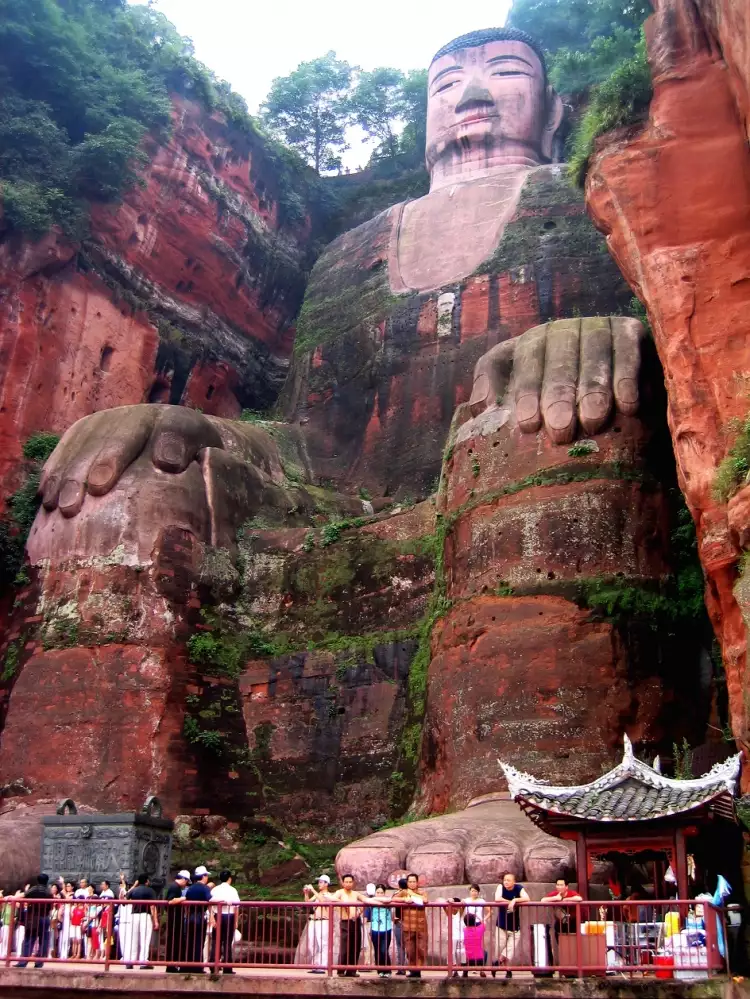 Sculpture. Buddha statue in Leshan, 9th century
Sculpture. Buddha statue in Leshan, 9th century
At the end of the 19th century, the art world entered the era of Modernism, which marked the beginning of the emergence of numerous new styles and movements in sculpture:
- Cubism.
- Abstractionism.
- Surrealism.
- Dadaism.
- Suprematism.
- Futurism.
- Formalism.
- Pop Art.
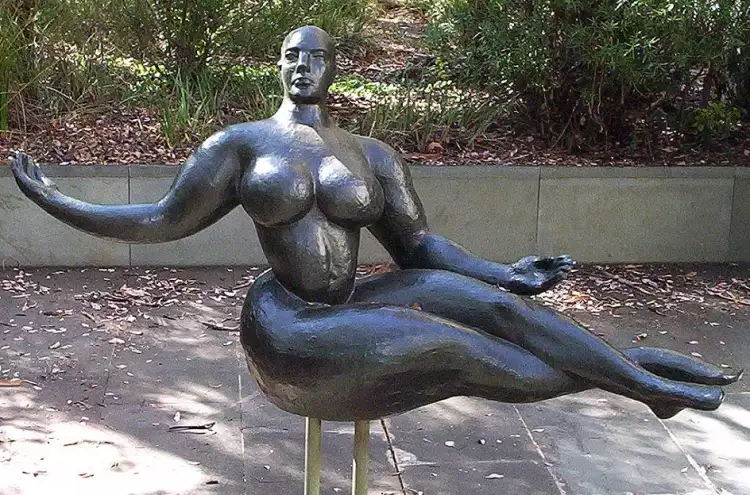 Sculpture. Gaston Lachaise. Floating figure, 1927
Sculpture. Gaston Lachaise. Floating figure, 1927
The development of sculpture continued after World War II through the efforts of representatives from various avant-garde directions. Among the many popular contemporary movements, the following stand out:
- Minimalism.
- Post-minimalism.
- Kinetic art.
- Environmental, sound, and light sculpture.
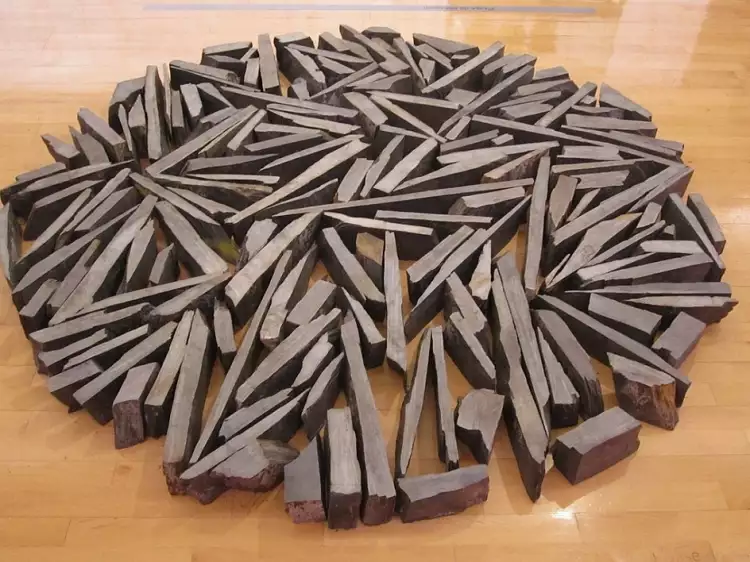 Sculpture. Post-minimalism. Richard Long. South Coastal Circle, 1991
Sculpture. Post-minimalism. Richard Long. South Coastal Circle, 1991
In our days, sculpture remains an extremely sought-after form of art among artists. Exhibitions of works by contemporary masters attract millions of people, and the masterpieces of ancient architects adorn the exhibitions of the world's finest museums.
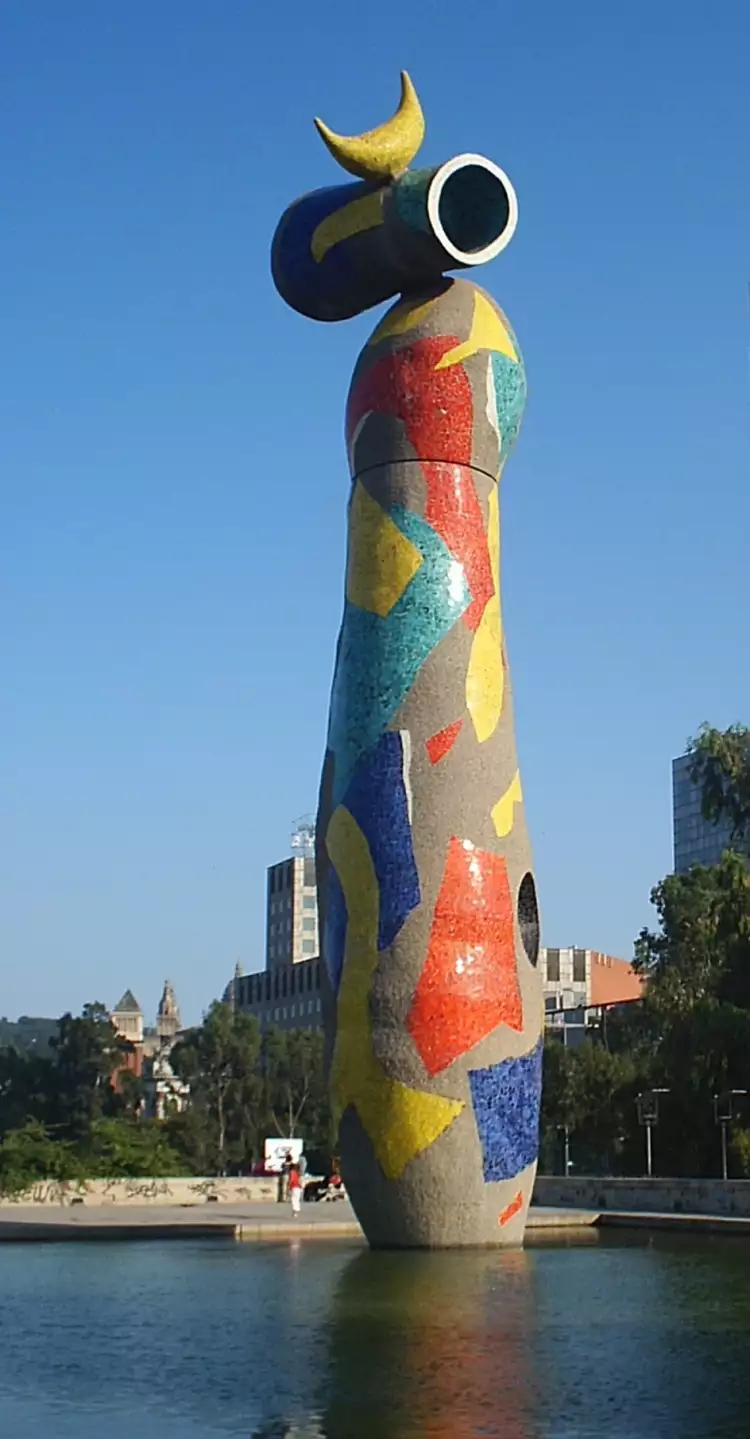 Sculpture. Joan Miró. Woman and bird, 1982
Sculpture. Joan Miró. Woman and bird, 1982
At the Very Important Lot portal, every visitor can acquire unique sculptures at auctions. Our website also offers the opportunity for everyone interested to purchase sculptures directly from contemporary artists.
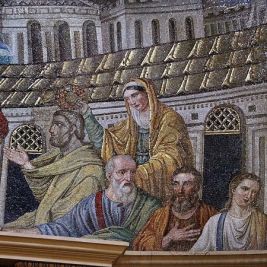 Mosaic - the art of creating a complete picture from many small individual pieces
Mosaic - the art of creating a complete picture from many small individual pieces  Abstractionism: an inverted painting as a precursor to a new style
Abstractionism: an inverted painting as a precursor to a new style  Bas-relief - a type of sculpture with an ancient and rich history
Bas-relief - a type of sculpture with an ancient and rich history 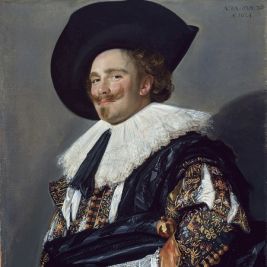 Portrait - a genre of painting: essence, types, history of the genre, famous portraits and portrait artists
Portrait - a genre of painting: essence, types, history of the genre, famous portraits and portrait artists  The religious genre is profoundly spiritual and sincere art
The religious genre is profoundly spiritual and sincere art 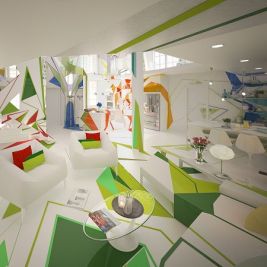 Expressionism in interior design - the style of freedom and youth
Expressionism in interior design - the style of freedom and youth 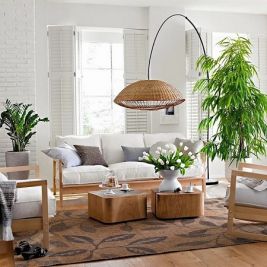 Japandi style in interior design - a minimalist fusion of East and West
Japandi style in interior design - a minimalist fusion of East and West 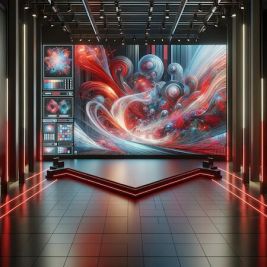 Digital and Interactive Art: Redefining User Experience in Contemporary Art
Digital and Interactive Art: Redefining User Experience in Contemporary Art 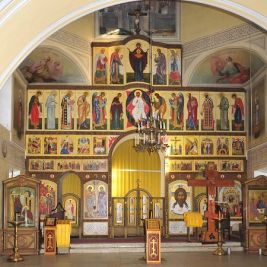 The most famous Orthodox icons
The most famous Orthodox icons 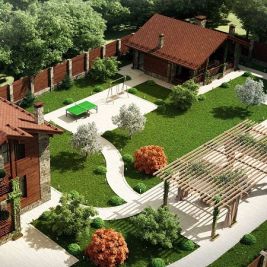 Design is a captivating process of artistic planning
Design is a captivating process of artistic planning